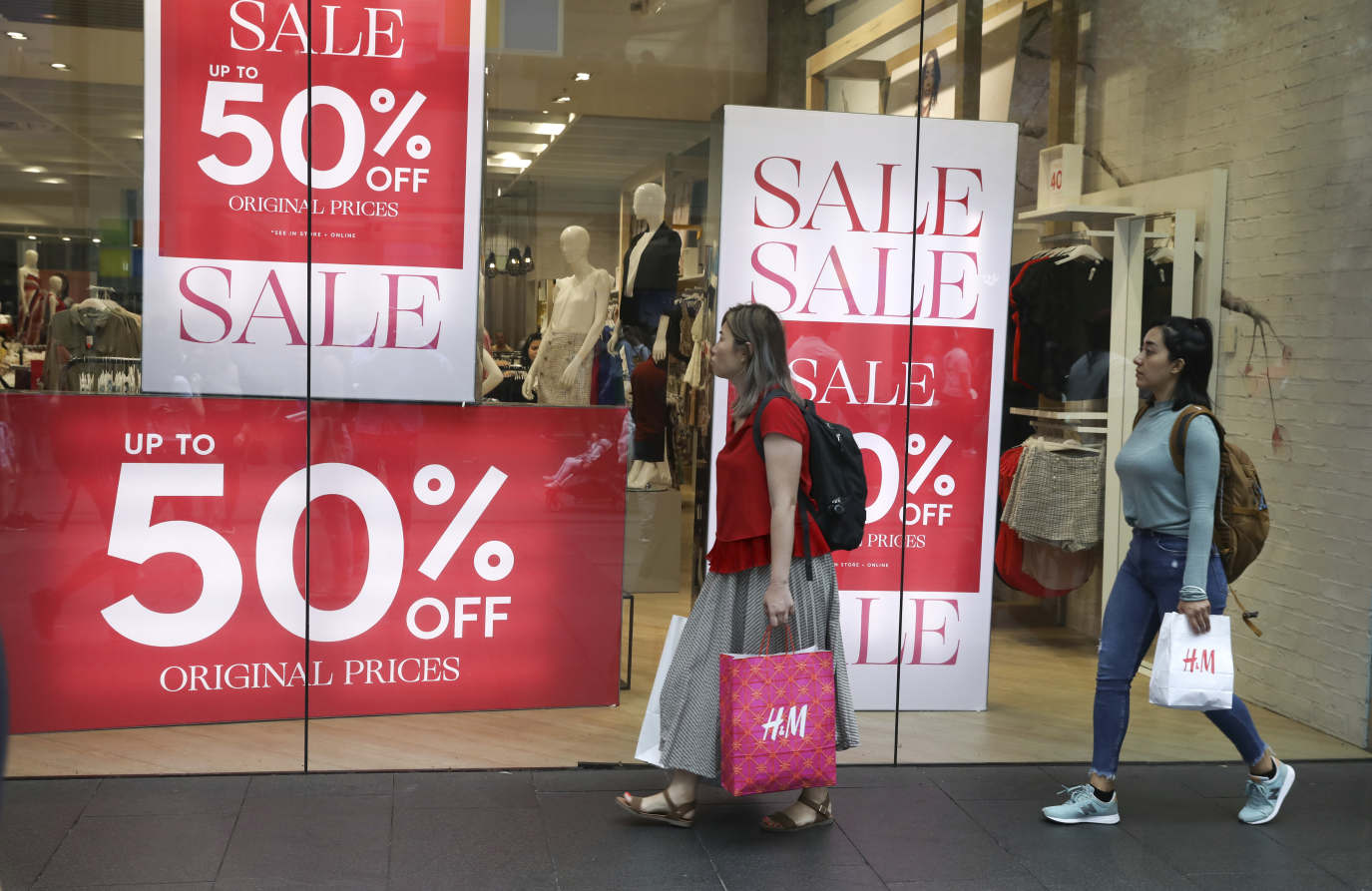Retail, residential sectors under reporting season spotlight
by Carolyn CumminsPerformance of the retail and residential owners and developers will be under the spotlight in the upcoming earnings reporting season.
In what has been a tough time for retailers, property trust analysts are forecasting headwinds to hit the landlords due to the increasing number of failing tenants.
In contrast, the residential sector, which was on its knees a year ago, is now in clover.

Office and industrial landlords will also be smiling, as rents remain low and supply – particularly for the warehouse sector – gets tighter.
In a note to clients, Morgan Stanley's real estate investment trust analyst have forecast headwinds for Scentre group, the owner and manager of the Westfield shopping centre empire in Australia and New Zealand.
Mr Chan and Ms Berry say Scentre was facing structural headwinds from consumer habits, operational growth slowdown and perhaps a prolonged period of modest distribution per security (DPS) uptick.
"We struggle to find a catalyst for a turnaround in the share price trend. But the share buyback, yield and low rates may offer some protection against severe downside," they say in a new research note.
To be fair, Scentre and its peers Vicinity holds a large market share and have been actively offsetting store closures and ailing sales with a range of internet-proof initiatives such as larger food halls, more cinemas, beauty salons and service tenants, such as banks.
Retail transaction activity came to a standstill at the beginning of 2019 with both institutional and corporate groups reluctant to sell.Savills Australia retail director Steven Lerche
One of the key measures for retail landlords is the leasing spread, or the rent cut that landlords need to offer tenants upon lease renewals, or to attract replacement tenants.
Most of the larger landlords have seen these spreads sit in negative territory for some years and that can drag on overall earnings growth.
Another characteristic of the retail sector has been asset sales, but they too have slowed down.
Steven Lerche, national director, retail investments at Savills Australia, said retail transaction activity came to a standstill at the beginning of 2019 with both institutional and corporate groups reluctant to sell.
"This momentum didn’t really change during the year and deal flow could remain sluggish in 2020," Mr Lerche said
"Many larger assets put up for sale failed to transact due to disruption in the retail industry, noise from overseas and fewer buyers in the market. Contrary to this, the smaller end of the market, freestanding retail investments and neighbourhood shopping centre sectors have been in high demand, fuelled by the low interest rate environment."
Mr Lerche said innovation would continue to provide uncertainty in the retail sector and it would be counter cyclical purchasers that would benefit from those groups looking to exit.
"Shopping centre performance is linked to individual characteristics and location and it's the metro retail assets that will continue to attract investor interest due to their long-term mixed-use potential," he said.
In contrast, the residential developers Stockland and Mirvac are expected to be upbeat about the state of the sector. The two are also undertaking large projects with affordability in mind, with Mirvac increasing its exposure to the built-to-rent sector.
In the latest ANZ Research, it expects house prices to rise solidly in 2020, "but we think the pace of monthly gains will moderate, helped by rising new listings".
"We have revised up our forecasts and now expect prices to rise about 8 per cent nationwide through 2020," the researchers say.